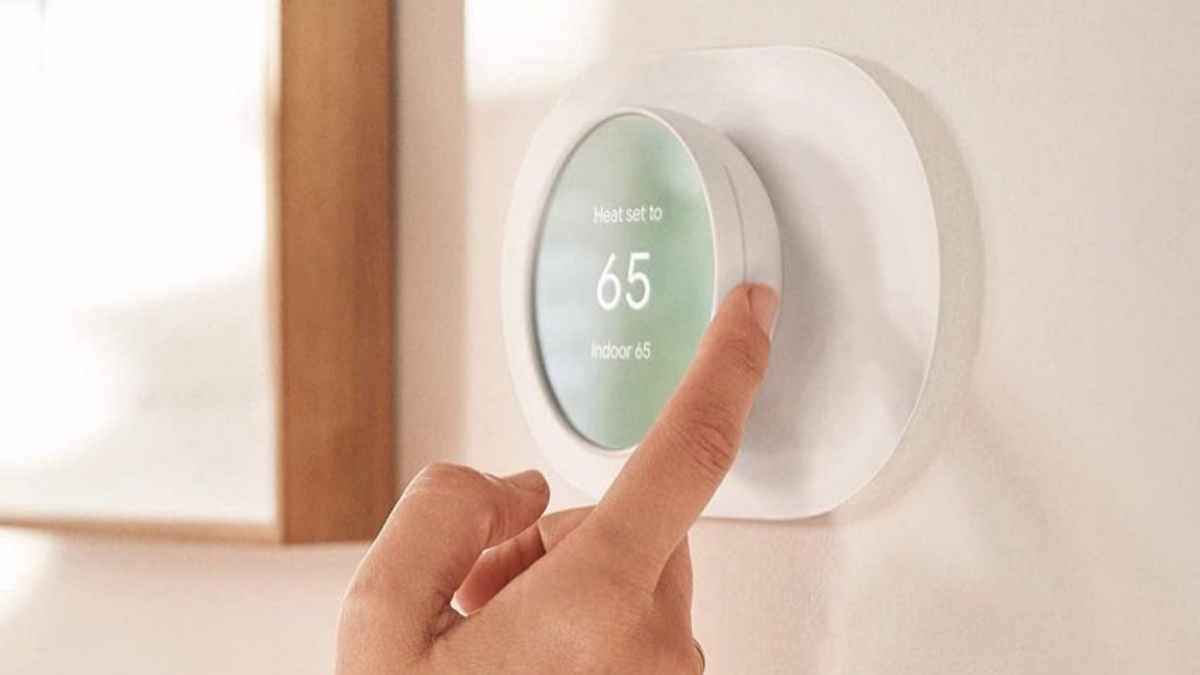Next up after buying a new programmable thermostat is the matter of how to set it up. The installation of your smart thermostat may be difficult to complete. At least, that may be the initial impression. The good news is that the process of setting up is typically easier than the manufacturer’s instructions make it look to be.
Technical writers are frequently employed by manufacturers, and they are responsible for expanding simple tasks into massive endeavors. Assuming you have a standard heating, ventilation, and air conditioning (HVAC) system, setting up your smart thermostat shouldn’t need anything special.
Contents
To what extent do thermometers work?
Conventional thermostats are based on elementary scientific principles. The device controls your home’s HVAC system by monitoring the outside temperature and turning on or off the furnace, air conditioner, or heat pump as needed. Radiator Thermostat are quite easy to use and feature several fascinating technology.
Though digital thermostats have been the norm for the past two decades, some older homes may still use analog models. Traditional thermostats often have a mercury switch, which is a glass vial carrying a very small amount of liquid mercury. It conducts electricity like a river and can be moved about easily.
Your thermostat makes use of wired connections to determine when to activate heating and cooling. In the late 1990s, programmable thermostats began to displace conventional thermostats.
Signals That It’s Time for a New Thermostat
Like every other part of an HVAC system, the thermostat will eventually break and need to be replaced. You may avoid a breakdown in your HVAC system by replacing your thermostat before it completely breaks down if you know the signs that it is about to die. To determine if you need a new thermostat, think about these four signs.
Inaccurate Temperature Measurements
If your thermostat is inaccurate, it will not maintain the desired temperature in your home. Inaccurate thermostat readings can be caused by a number of different factors, and in some cases repairing the thermostat is preferable to replacing it. Sometimes all it takes to get reliable temperature readings again is to move or re-level the thermostat.
It’s possible you just need to clean your thermostat if it’s on a flat surface, out of direct sunlight, and out of the way of any drafts. An insulating coating of dust can build up within a thermostat, causing it to give inaccurate temperature readings. The thermostat should be replaced if cleaning it does not correct the problem.
Empty Screen
Digital radiator thermostats should never have their screens go blank. Most thermostats show the time, date, and temperature even when they are not in use. If your thermostat’s screen is blank, it may need to be repaired.
Initial steps in troubleshooting a thermostat with a blank display include inspecting the battery and the circuit’s breaker or fuse. If your thermostat suddenly shut off, a safety switch in your HVAC system may be at blame. Either a blocked condensate drain pan or an overheated heat exchanger might cause the activation of safety switches.
If you find no evidence of these problems during your inspection, the wiring that powers your thermostat might be at risk. A disconnect between the thermostat’s internal wire and its contacts can occur if the thermostat wasn’t installed correctly. It’s possible that your thermostat has to be replaced or fixed by a professional in heating, ventilation, and air conditioning (HVAC).
Hardship in Creating Backups of Settings
A smart thermostat’s tunable features let you dial in the perfect temperature and humidity for your home. Most modern smart thermostats have scheduling and temperature sensing features that make it possible to automate your heating and cooling systems. You won’t get much use out of these controls if you have to keep resetting them every day.
It’s possible that a broken thermostat won’t be able to hold the homeowner’s preferred temperature setting. A dead battery might be to blame, but a faulty thermostat’s memory could also be to blame. If the problem remains after making these adjustments, return the thermostat to its original settings (if possible). If you still can’t save your work, the problem is probably with the hardware.
Disrupted Cycles
The radiator thermostat controls the on/off cycles of the furnace, air conditioner, and fan in a central HVAC system. If your thermostat is malfunctioning or showing incorrect temperatures, your heating and cooling system will not activate at the appropriate times.
When a faulty thermostat triggers extremely brief periods of HVAC operation and then shuts off, this phenomenon is known as short cycling. Alternately, your heating or cooling system might keep running indefinitely if the thermostat never sends the shut-off signal.
You may determine if there are problems with the cycle by timing how long the system runs at the normal temperature before turning off. If your thermostat’s run time is less than ten minutes or more than an hour, you may want to have a professional look at it and the rest of your system.
Conclusion
These days, everyone is concerned about their carbon footprint, therefore Smart Thermostats have become a popular way to reduce energy use and costs. Tech-savvy homeowners may be able to optimize their heating, ventilation, and air conditioning systems with the push of a button.
The home environment is the most important factor in influencing average comfort levels. Investing in a smart thermostat is a great option if you want to maintain a comfortable environment without doing anything.

